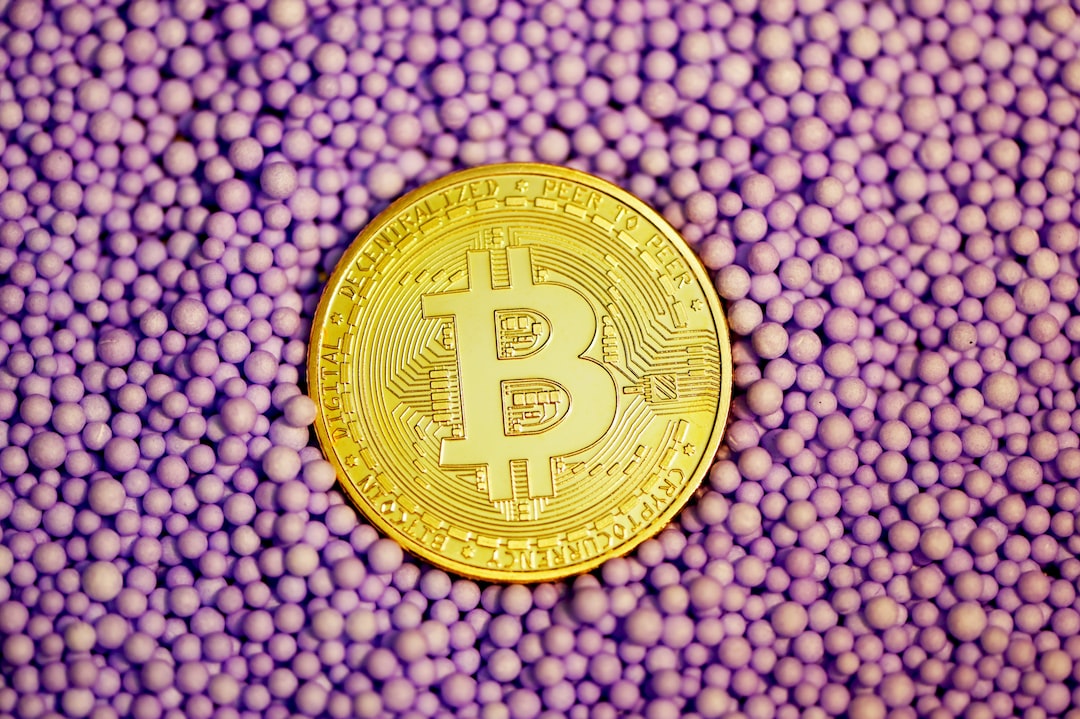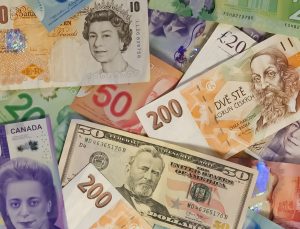Forex trading is a fascinating and exciting field that offers investors a plethora of opportunities to earn profits. However, to make informed decisions and succeed in forex trading, investors must understand the basics, including the open price and expiration time. These two concepts are critical in forex trading and can significantly affect the outcome of a trade.
Open price
The open price is the first price at which a currency pair is traded in a given period. The period could be a day, week, month, or any other time frame, depending on the trader’s preference. The open price is significant because it sets the benchmark for the rest of the trading period.
For instance, if the open price for the EUR/USD currency pair is 1.1000 at the start of the trading day, traders will use this price as a reference point for the rest of the day. If the price rises to 1.1050, it means that the Euro has appreciated relative to the US dollar, and traders will buy the currency pair in anticipation of further gains. Conversely, if the price drops to 1.0950, it means that the Euro has depreciated, and traders will sell the currency pair in anticipation of further losses.
Expiration time
The expiration time, also known as the expiry time, is the time at which a trade closes. Forex traders can set an expiration time for their trades, specifying the duration that they want a position to remain open. The expiry time could be minutes, hours, days, or even weeks, depending on the trader’s objectives.
The expiry time is critical because it determines the outcome of a trade. If a trader sets an expiry time and the trade closes at a higher price than the open price, the trader makes a profit. Conversely, if the trade closes at a lower price than the open price, the trader incurs a loss.
For example, suppose a trader opens a long position on the USD/JPY currency pair at 105.50 and sets an expiry time of one day. If the price of the currency pair rises to 105.70 by the end of the trading day, the trade will close automatically, and the trader will make a profit of 20 pips. If, on the other hand, the price drops to 105.30, the trade will close, and the trader will incur a loss of 20 pips.
Factors affecting open price and expiration time
Several factors can influence the open price and expiration time in forex trading. For instance, macroeconomic indicators such as inflation, GDP, and employment data can affect the open price of currency pairs. If a country’s economic data is positive, it can lead to an increase in the value of its currency relative to others. Similarly, geopolitical events such as elections, wars, and natural disasters can affect the open price and expiration time of currency pairs.
Moreover, traders’ sentiments and market trends can also influence the open price and expiration time. If investors are bullish, they will buy currency pairs, leading to an increase in the open price. Conversely, if investors are bearish, they will sell currency pairs, leading to a decrease in the open price.
Conclusion
In conclusion, the open price and expiration time are critical concepts in forex trading. The open price sets the benchmark for the rest of the trading period, while the expiration time determines the outcome of a trade. To succeed in forex trading, investors must understand these concepts and the factors that influence them. Additionally, traders must use risk management tools such as stop-loss orders and take-profit orders to minimize losses and maximize profits.






